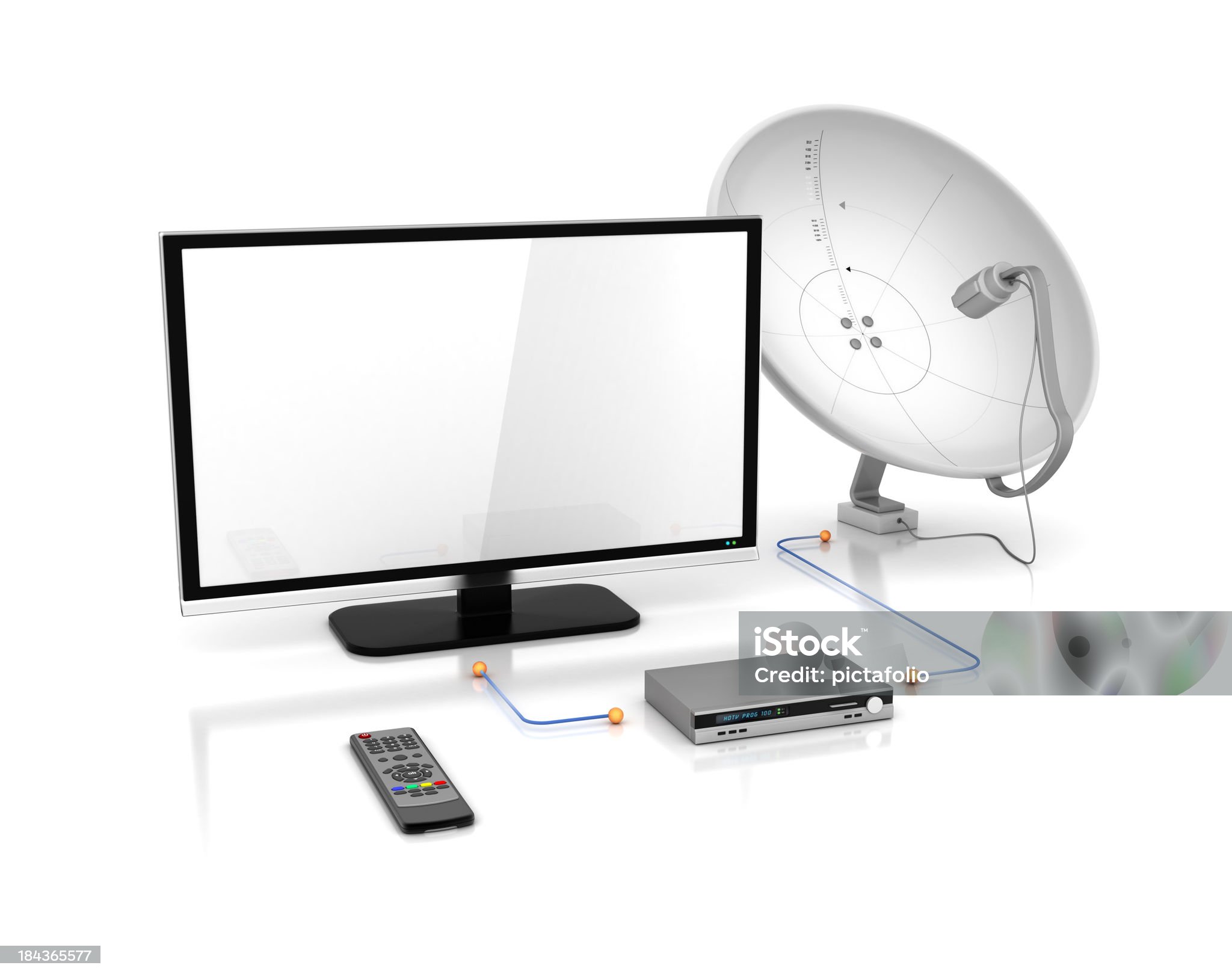1.Understanding IPTV

IPTV, or Internet Protocol Television, is gaining increasing influence within the media industry. Unlike traditional TV broadcasting methods that use expensive and primarily proprietary broadcasting technologies, IPTV is streamed over broadband networks by using the same Internet Protocol (IP) that supports millions of personal computers on the current internet infrastructure. The concept that the same on-demand migration is forthcoming for the multiscreen world of TV viewing has already grabbed the attention of various interested parties in technology integration and growth prospects.
Consumers have now embraced watching TV programs and other video content in many different places and on numerous gadgets such as cell or mobile telephones, desktops, laptops, PDAs, and other similar devices, alongside conventional televisions. IPTV is still in its early stages as a service. It is expanding rapidly, and different commercial approaches are developing that could foster its expansion.
Some argue that economical content creation will likely be the first area of content development to dominate compact displays and explore long-tail strategies. Operating on the economic aspect of the TV broadcasting pipeline, the current state of IPTV hosting or service, on the other hand, has several notable strengths over its cable and satellite competitors. They include high-definition TV, flexible viewing, custom recording capabilities, voice, internet access, and responsive customer care via alternative communication channels such as mobile phones, PDAs, satellite phones, etc.
For IPTV hosting to work efficiently, however, the networking edge devices, the core switch, and the IPTV server consisting of content converters and blade server setups have to interoperate properly. Multiple regional and national hosting facilities must be highly reliable or else the broadcast-quality signals fail, shows may vanish and are not saved, communication halts, the visual display vanishes, the sound becomes discontinuous, and the shows and services will malfunction.
This text will address the competitive environment for IPTV services in the United Kingdom and the U.S.. Through such a side-by-side examination, a number of key regulatory themes across several key themes can be uncovered.
2.Legal and Policy Structures in the UK and US Media Sectors

According to legal principles and the related academic discourse, the selection of regulatory approaches and the details of the policy depend on how the market is perceived. The regulation Best IPTV for Sports of media involves rules on market competition, media proprietary structures, consumer protection, and the safeguarding of at-risk populations.
Therefore, if the goal is to manage the market, we need to grasp what defines the media market landscape. Whether it is about ownership restrictions, studies on competition, consumer protection, or child-focused media, the policy maker has to have a view on these markets; which media sectors are seeing significant growth, where we have competitive dynamics, vertical consolidation, and ownership overlaps, and which media markets are lagging in competition and ripe for new strategies of key participants.
Put simply, the current media market environment has already evolved to become more fluid, and only if we reflect on the policymakers can we predict future developments.
The growth of IPTV everywhere makes its spread more common. By combining traditional television offerings with cutting-edge services such as interactive digital features, IPTV has the potential to be a crucial factor in enhancing rural appeal. If so, will this be sufficient for the regulator to adapt its strategy?
We have no data that IPTV has greater allure to individuals outside traditional TV ecosystems. However, certain ongoing trends have hindered IPTV expansion – and it is these developments that have led to tempering predictions on IPTV growth.
Meanwhile, the UK adopted a liberal regulation and a forward-thinking collaboration with the industry.
3.Key Players and Market Share

In the UK, BT is the dominant provider in the UK IPTV market with a market share of 1.18%, and YouView has a 2.8% stake, which is the landscape of single and two-service bundles. BT is typically the leader in the UK based on statistics, although it experiences minor shifts over time across the 7–9% range.
In the United Kingdom, Virgin Media was the first to start IPTV using hybrid fiber-coaxial technology, followed by BT. Netflix and Amazon Prime are the dominant streaming providers in the UK IPTV market. Amazon has its own digital set-top box-focused service called Amazon Fire TV, similar to Roku, and has just begun operating in the UK. However, Netflix and Amazon are absent from telecom providers' offerings.
In the American market, AT&T topped the ranking with a 17.31% stake, exceeding Verizon’s FiOS at 16.88 percent. However, considering only DSL-based IPTV services, the leader is CenturyLink, followed by AT&T and Frontier, and Lumen.
Cable TV has the overwhelming share of the American market, with AT&T successfully attracting 16.5 million IPTV customers, primarily through its U-verse service and DirecTV service, which also functions in South America. The US market is, therefore, segmented between the major legacy telecom firms offering IPTV services and emerging internet-based firms.
In Western markets, leading companies use a converged service offering or a customer retention approach for the majority of their marketing, promoting three and four-service bundles. In the United States, AT&T, Verizon, and Lumen primarily rely on self-owned networks or traditional telephone infrastructure to offer IPTV services, though to a lesser extent.
4.IPTV Content and Plans

There are variations in the programming choices in the UK and US IPTV markets. The range of available programming includes live national or regional programming, streaming content and episodes, recorded programming, and exclusive productions like TV shows or movies only available through that service that aren’t sold as videos or broadcasted beyond the service.
The UK services offer traditional rankings of channels similar to the UK cable platforms. They also provide moderately sized plans that include the key pay TV set of channels. Content is categorized not just by genre, but by platform: terrestrial, satellite, Freeview, and BT Vision VOD.
The main differentiators for the IPTV market are the subscription models in the form of preset bundles versus the more adaptable à la carte model. UK IPTV subscribers can select add-on subscription packages as their preferences evolve, while these channels will be pre-selected in the US, in line with a user’s initial long-term plan.
Content partnerships highlight the different legal regimes for media markets in the US and UK. The trend of reduced exclusivity periods and the evolving industry has significant implications, the most direct being the market role of the UK’s dominant service provider.
Although a recent newcomer to the busy and contested UK TV sector, Setanta is positioned to gain significant traction through appearing cutting-edge and holding premier global broadcasting rights. The strength of the brands goes a long way, alongside a product that has a competitive price point and offers die-hard UK football supporters with an attractive additional product.
5.Future of IPTV and Tech Evolution

5G networks, combined with millions of IoT devices, have transformed IPTV evolution with the integration of AI and machine learning. Cloud computing is greatly enhancing AI systems to unlock novel functionalities. Proprietary AI recommendation systems are being widely adopted by streaming services to enhance user engagement with their own advantages. The video industry has been transformed with a new technological edge.
A larger video bitrate, via better resolution or improved frame rates, has been a key goal in enhancing viewer engagement and expanding subscriber bases. The technological leap in recent years were driven by new standards developed by industry stakeholders.
Several proprietary software stacks with a compact size are close to deployment. Rather than releasing feature requests, such software stacks would allow video delivery services to optimize performance to further enhance user experience. This paradigm, like the previous ones, relied on user perspectives and their desire to see value for their money.
In the near future, as the technology adoption frenzy creates a uniform market landscape in viewer satisfaction and industry growth stabilizes, we predict a service-lean technology market scenario to keep elderly income groups interested.
We emphasize a couple of critical aspects below for the two major IPTV markets.
1. All the major stakeholders may contribute to the next phase in viewer interaction by transforming traditional programming into interactive experiences.
2. We see VR and AR as the key drivers behind the emerging patterns for these domains.
The constantly changing audience mindset puts analytics at the center stage for every stakeholder. Legal boundaries would limit straightforward access to customer details; hence, privacy regulations would hesitate to embrace new technologies that may compromise user safety. However, the existing VOD ecosystem makes one think otherwise.
The cybersecurity index is currently extremely low. Technological advances have made security intrusions more remote than physical intervention, thereby favoring digital fraudsters at a larger scale than manual hackers.
With the advent of centralized broadcasting systems, demand for IPTV has been on the rise. Depending on user demands, these developments in technology are poised to redefine IPTV.
References:Bae, H. W. and Kim, D. H. "A Study of Factors affecting subscription to IPTV Service." JBE (2023). kibme.org
Baea, H. W. and Kima, D. H. "A Study about Moderating Effect of Age on The IPTV Service Subscription Intention." JBE (2024). kibme.org
Cho, T., Cho, T., and Zhang, H. "The Relationship between the Service Quality of IPTV Home Training and Consumers' Exercise Satisfaction and Continuous Use during the COVID-19 Pandemic." Businesses (2023). mdpi.com
Comments on “ The Future of IPTV in the United Kingdom and USA: Key Advancements ”